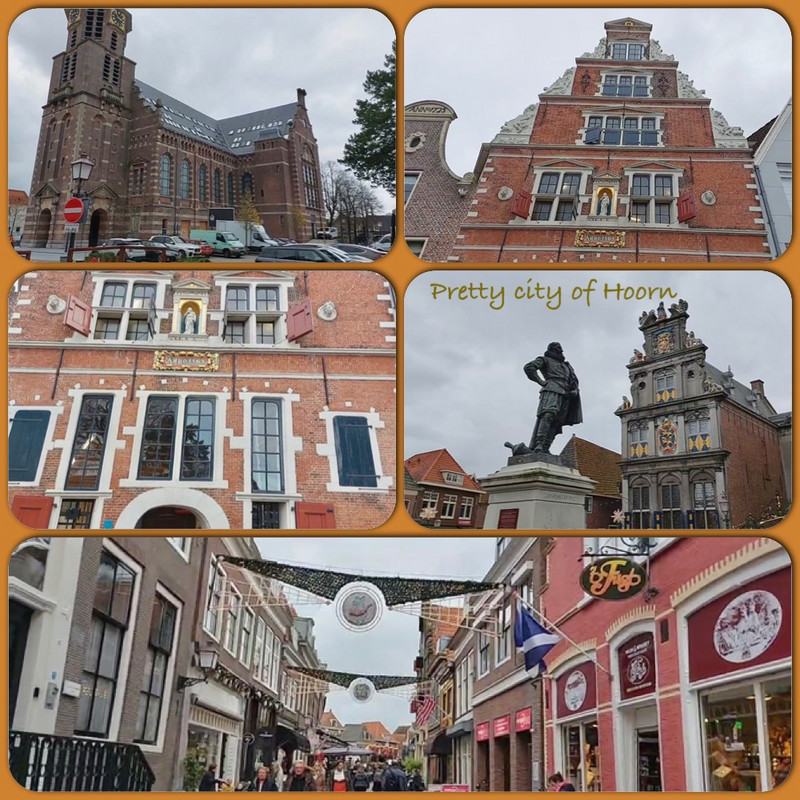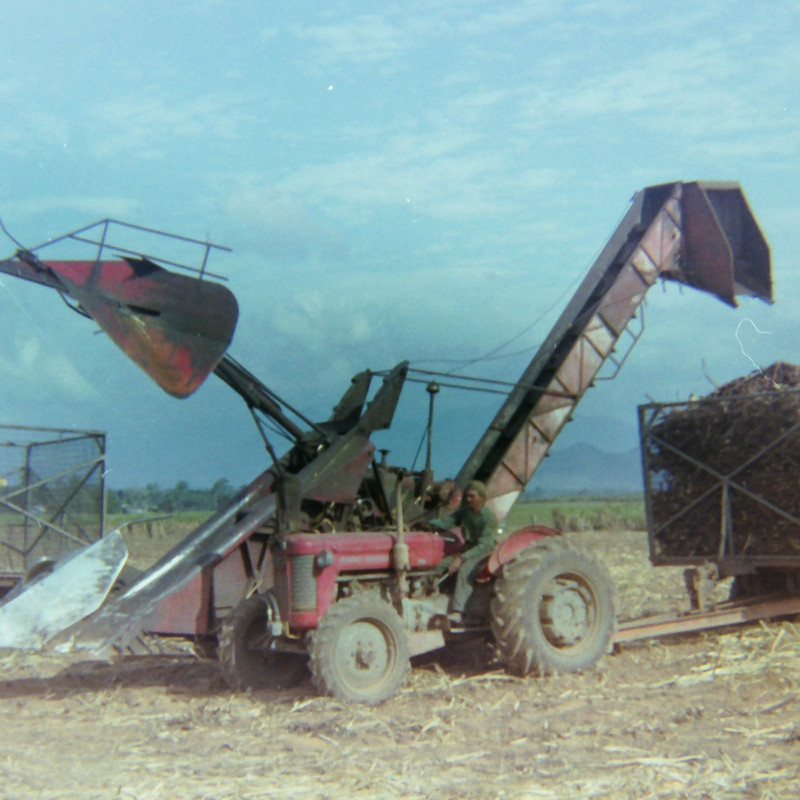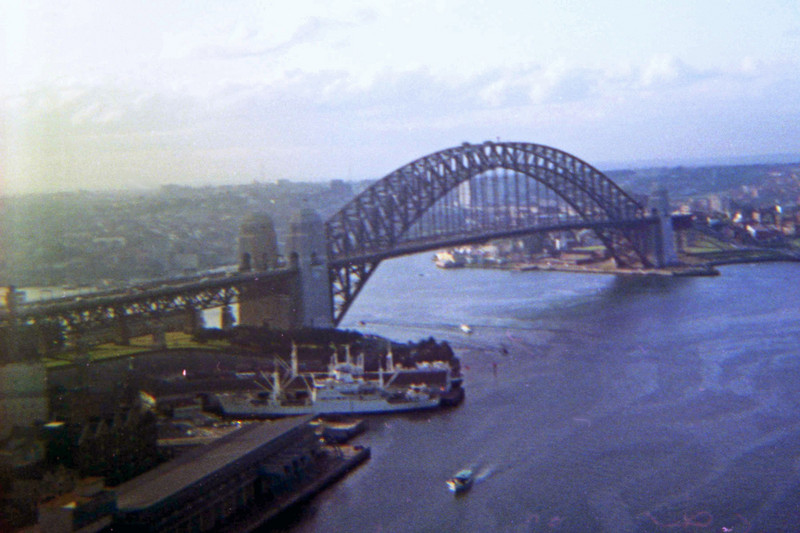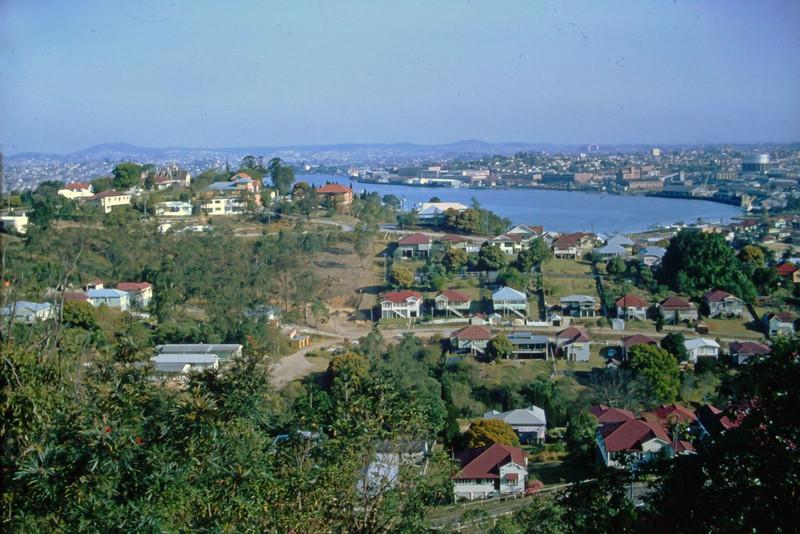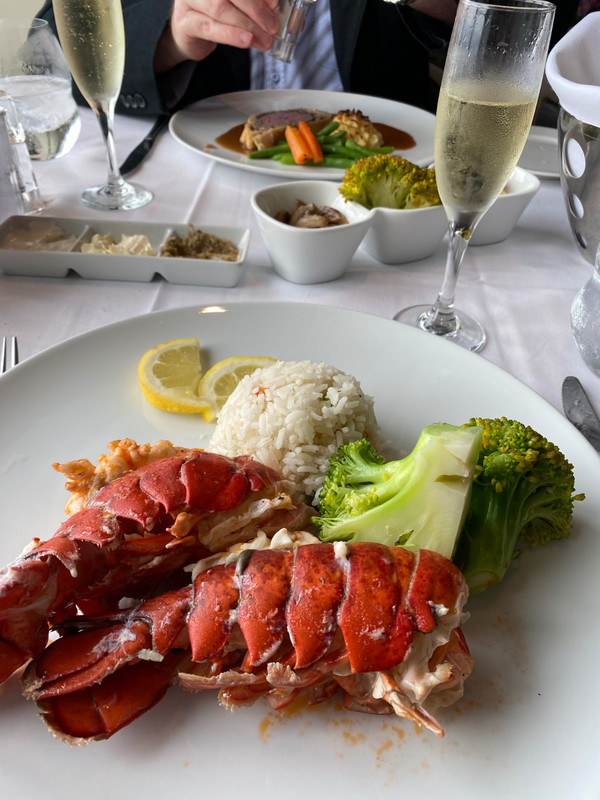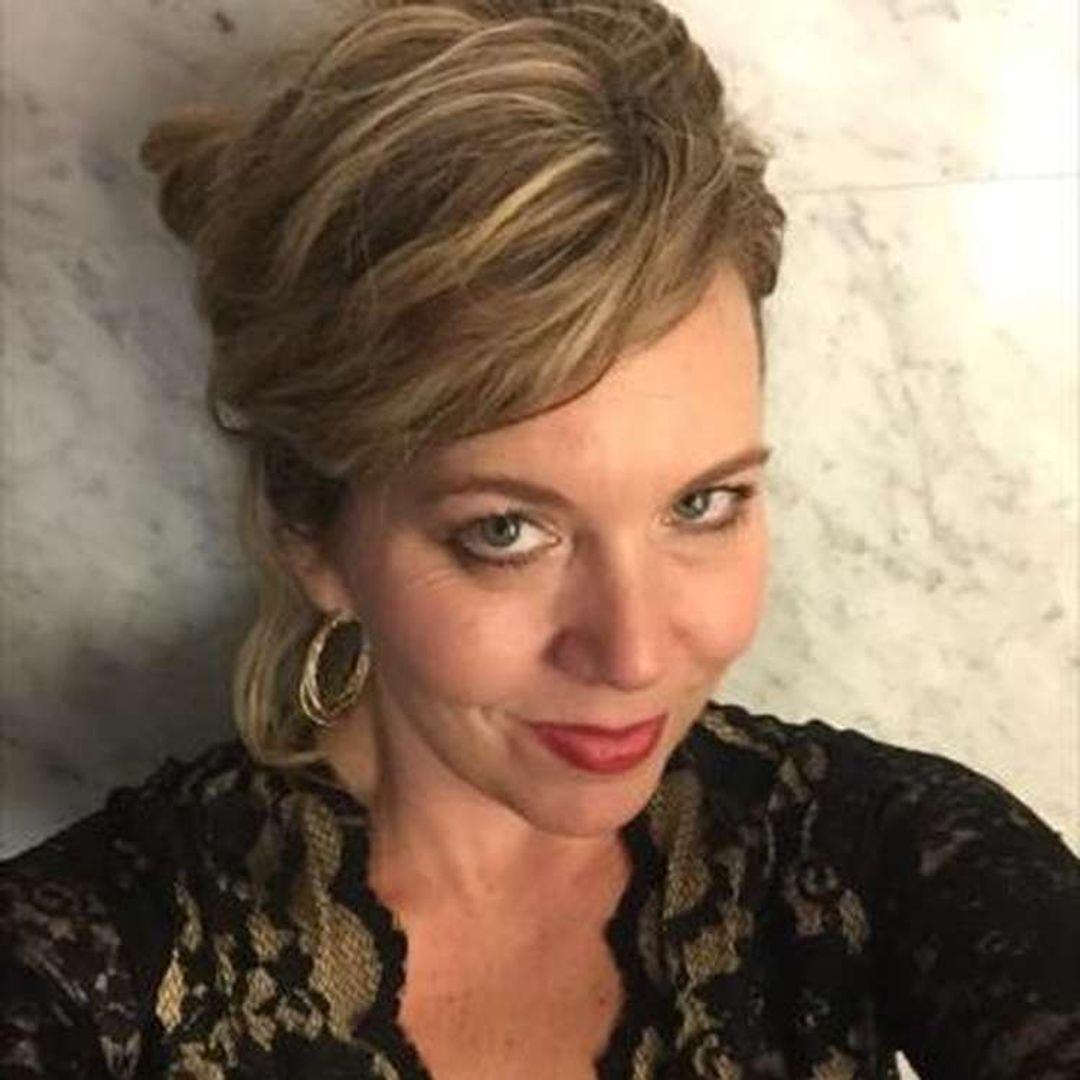The heyday of Hoorn was in the 17th century, when it was one of the most important Dutch East India Company centres.
Founded about 1300 and chartered in 1357, it was the capital of medieval of West Friesland. Its harbour (for which it is named) was one of the principal ports of the Netherlands.
The first great net for herring fishing was made in Hoorn in 1416. Willemstad Schouten who discovered the passage around Cape Horn andwere born in Hoorn.
The Waag is a stunning building in the historic center of Hoorn was built in 1609. It was used historically as a where goods bought and sold could be assessed for its value. Its now a cozy cafe.
The Grote Oost (literally the Great East) is one of the most beautiful streets in Hoorn. Many of the houses date back to the 1600s and 1700s and were owned by the merchant class.
The statue is located at the old harbour in Hoorn. Next to the Hoofdtoren, the cabinboys watch over the IJssel lake.
Peter Hajo and Padde Kelemeijn, two poor old boys living in Hoorn, make friends with Rolf, the nephew of Willem Bontekoe. Hajos father was a fisherman who drowned, and Hajo works as a blacksmiths apprentice but longs to go to sea. He signs up with Bontekoe, to sail to the East along with Rolf. The ship sails from Texel, but Padde, who along to say goodbye, misses the ship home and a sailor as well, apprenticed to the master in charge of food and drink.
Off the Sumatra coast Padde knocks a candle over and starts a fire. The ship explodes, and the survivors manage to reach the coast, where they are waylaid by natives. The three boys, with Harmen, another sailor, set off to reach the Dutch colony of Batavia. Here their ways part; Rolf stays with his uncle in Asia,
while the other three boys sail back home. With presents and a bag full of earned money they return to their mothers and siblings.
Hoorn is such a pretty place and it felt like we were walking back in time through the historic streets.
